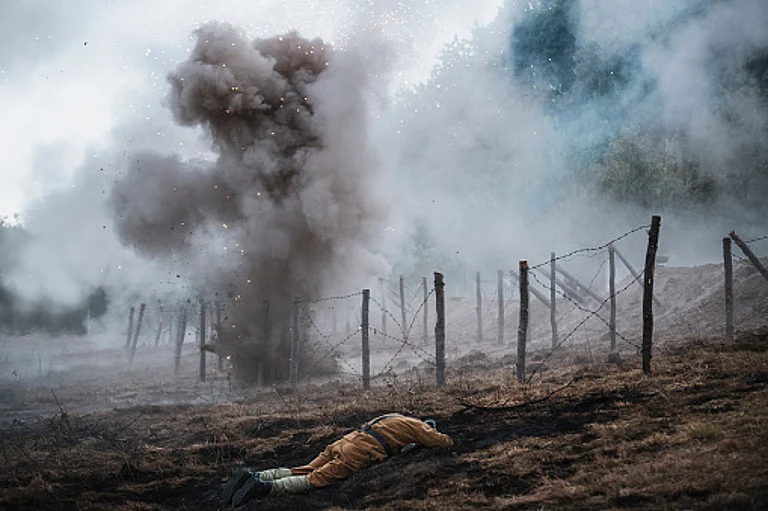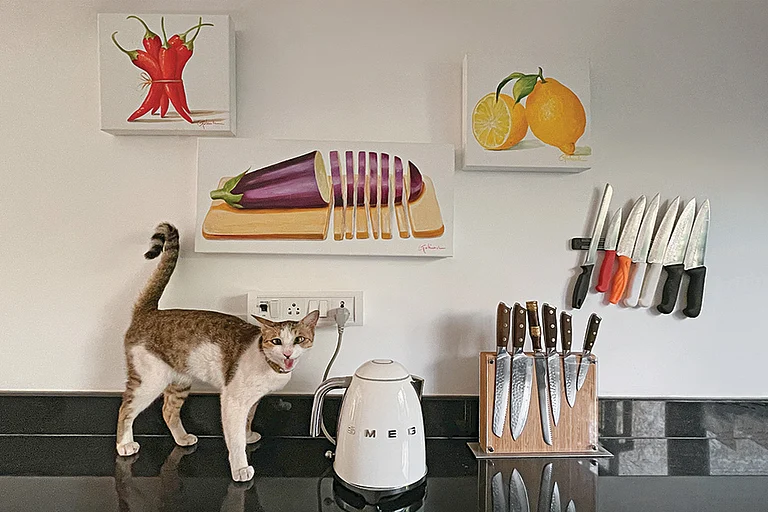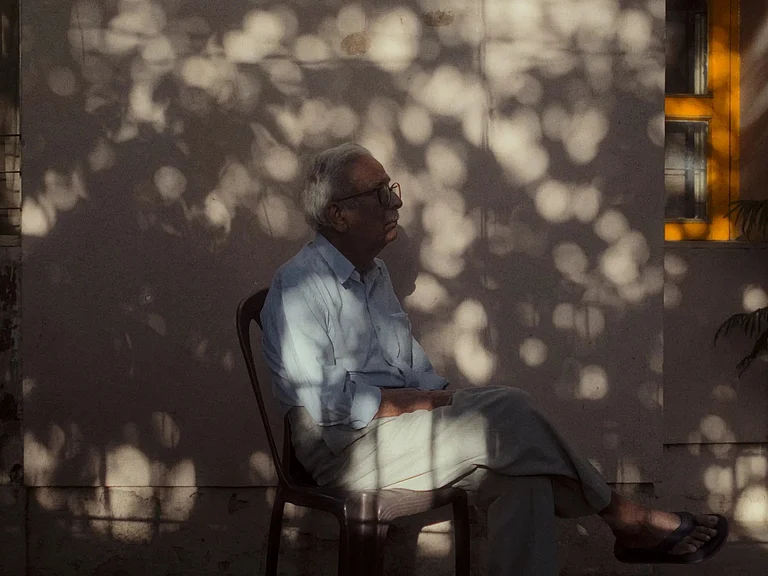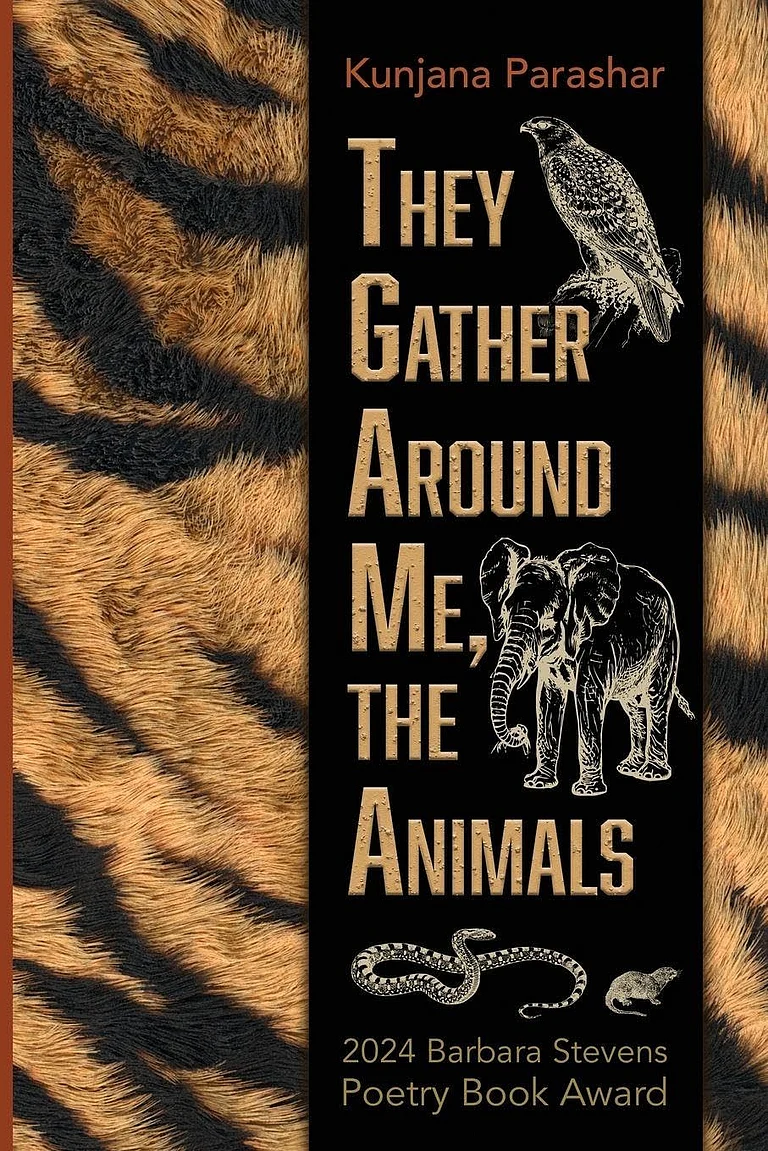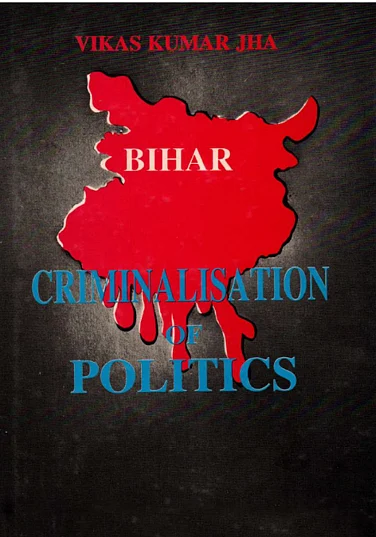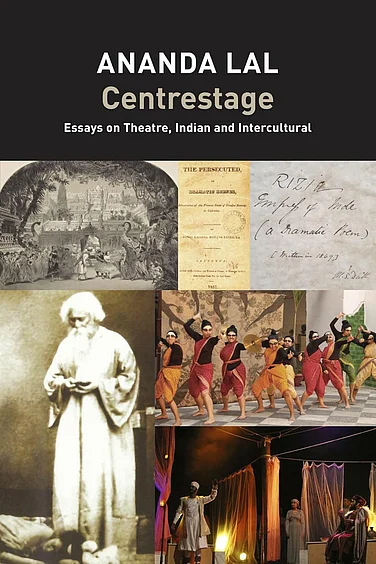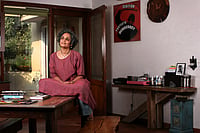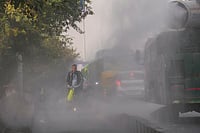Not too long ago I was at a job where my colleagues hated me — I mean, really. On a particularly bad day, I was sitting outside the office smoking a cigarette, keeping to myself, when one of my colleagues swung around to face me and said: “I feel angry just looking at her face.” My face. My stunned, wondering-what-I-ever-did-to-her-face. That was the first day I cried at my workplace. That was also the day that I found an Andrea Gibson poem, The Wellness Check.
“In any moment,
on any given day,
I can measure
my wellness
by this question:
Is my attention on loving,
or is my attention on
who isn’t loving me?”
I had the poem on my phone’s home screen for months. Every time someone at that office was unnecessarily horrible to me—and it happened a lot—I would read my screen, reminding myself to focus on loving. Those eight lines were more useful in alleviating my mental health than all my prescribed SSRIs, and I was, at that time, on several 100 milligrams of such medications.
That poetry is something useful is not a fashionable thing to say. But, that’s what Gibson did: they took an art form known for aesthetics and stripped it down to its bare bones. Their poetry wasn’t about meter or rhymes. There was no affectation to it, no flourishes. They did not write ‘fancy.’ Their words were not the kind studied and lauded by literature majors and MFA programs. Gibson’s poems broke all the rules taught in such high-brow programs—not a pretty metaphor in sight, nor a word over two syllables. But those vignettes, simple and soothing, were never for the literati. They were for the world’s tired middle-class—the corporate employees in dead-end jobs, the artists who enter data into Excel sheets day in and out, the dancers who sit at their desks for ten hours a day. “So this is for the day we’ll quit our jobs and work for something real,” they told us.
Born in Calais, Maine, in 1975, Gibson spent their life dismantling the hollow architectures we build around ourselves: the ever-changing beauty ideals, the 75-Hard aspirations, the Instagram‑ready facades that have left us, as a society, empty, riddled with envy and with our individual identities erased.
In doing so, they pioneered something unique: poems that were not beautiful, not window‑dressing. Poetry that was a toolkit; poetry that gave useful, actionable tips on how to go about this very difficult, extremely angry world.
In another work, “Bottomless Cup,” they wrote down the recipe for hope: one heaping spoon of self‑forgiveness, two cups of community, a dash of defiant kindness. In “All the Shoes in the World,” they destroyed the idea that a woman’s worth was in her aesthetic beauty, reminding the reader that it was her feet and her stories that take them farther than any designer label ever could.
"I, like the trees, will decide what I become," they wrote, giving the reader permission to find themselves outside of today’s materialistic world of designer bags and consumerist shopping hauls.
Gibson spent their life as a passionate advocate for LGBT+ rights, and I have no doubt that their poetry found its way into letters held by trembling hands of those about to come out to their parents, their friends, their colleagues. They wrote not to be admired, but to be used like incantations to summon hope, courage, forgiveness, even love. They wrote poetry that served as both armour and ointment.
Gibson’s off-stage presence, as much as I saw of it from their spoken word performances and interviews, was as unassuming as their stanzas. A simple, no-fuss personality that left a message for the world that now mourns them: don’t say I battled cancer; if I die, say I won.
A prolific poet, Gibson published a collection of poems every two years— ten collections in twenty years. Each set of poems had concentrated themes. Imagine Neon (2006) was a love letter to city life; Take Me With You (2009) was a protest written in the style of prayers; Bluets Aren’t Blue (2015) opened up on the vulnerability and fierceness of grief. You Better Be Lightening (2021) was a piece of compelling clarity in the post-COVID-19 world, where everything seemed upended. Their final collection, What a World, What a World (2025), arrived just weeks before they died.
In a world ruled by dazzling objects and people, Gibson’s spark was something different: it was honest, vulnerable; a true beauty. Their stubborn refusal to conform to the pixelated and perfect world that we have curated for ourselves was an act of communal resistance because it allowed many, many others to follow suit.
Andrea Gibson is survived by their chosen family— “their wife Meg, four ex-girlfriends, their mother, father, dozens of friends, and their three beloved dogs.” In lieu of flowers, the family asked that mourners light a candle or lace up some shoes to walk for a cause they believe in. And it couldn’t be more apropos: Gibson’s legacy isn’t meant for museum walls or to be shuttered behind dusty books in a fancy library. They live on in small, un‐glamorous moments of resistance by their readers—one word at a time.







